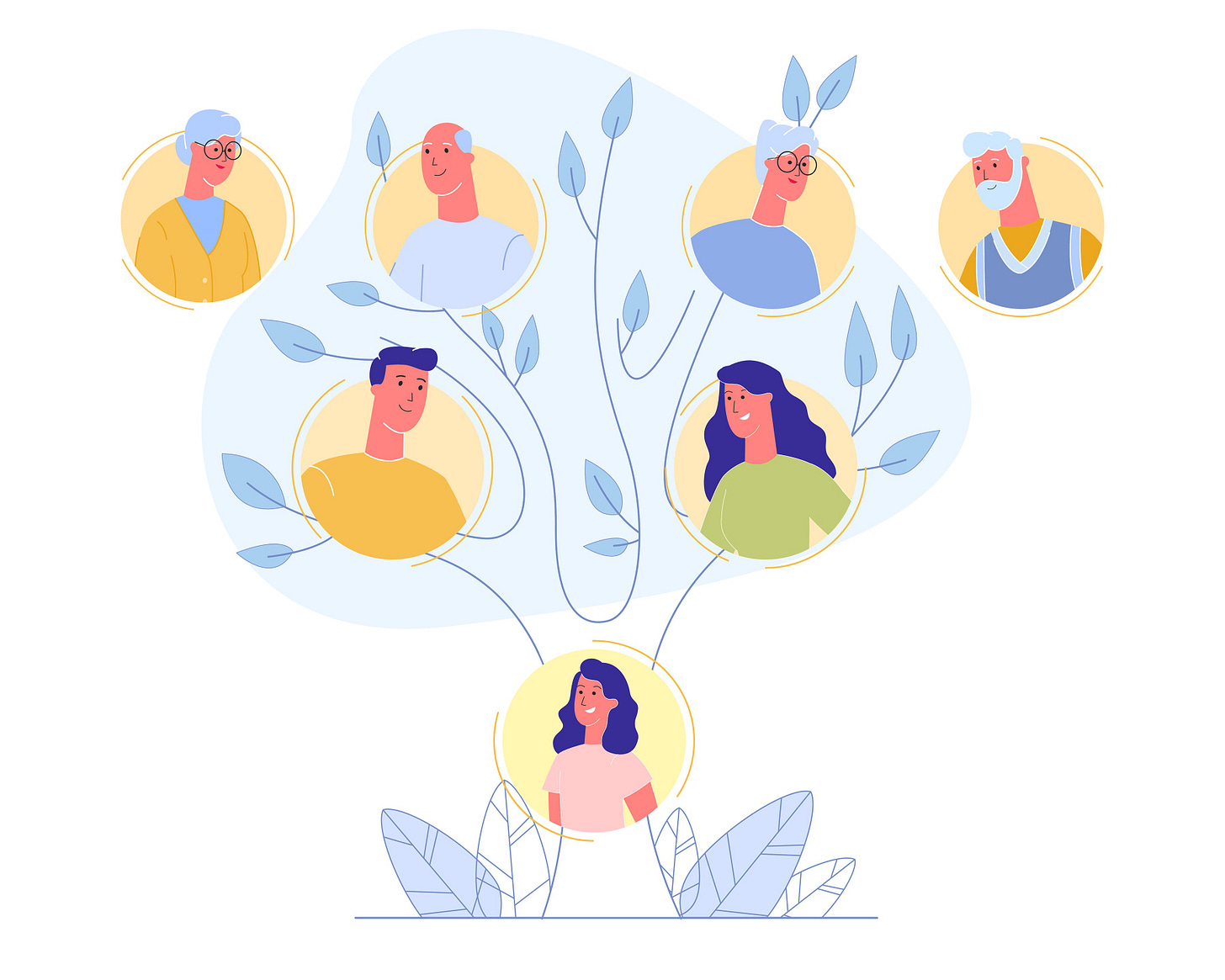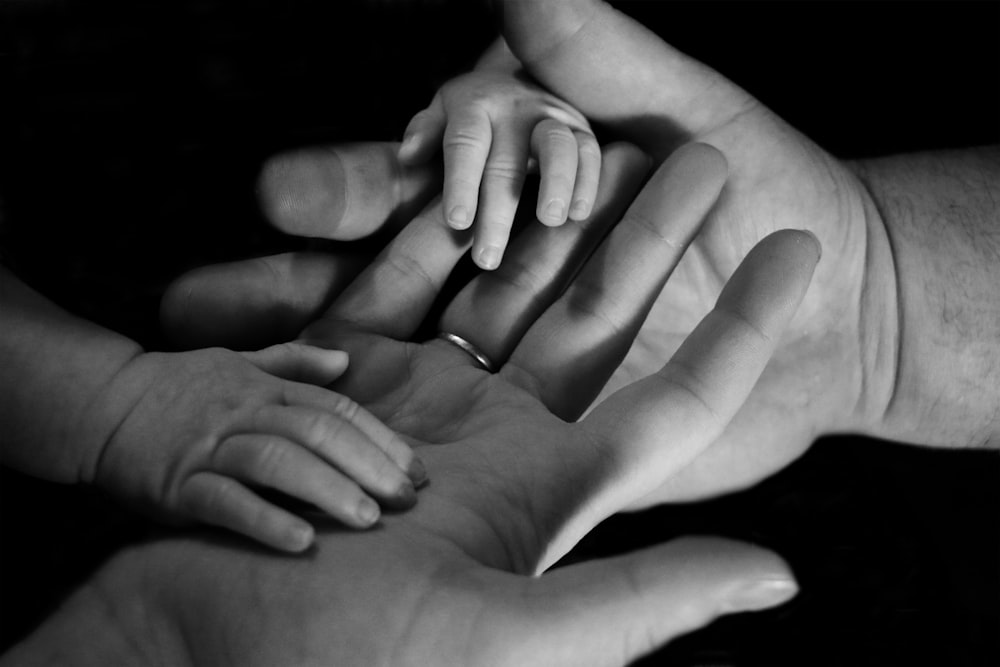Dear Readers,
The 91st edition elicited some very interesting comments:
Ashvini says: “When I switch on the TV to watch a film on Netflix or Amazon Prime, nine out of ten movies are about crime, sex and violence. Similarly, in our news channels and newspapers, it is no different. If I were to report a crime in the neighbourhood, even before the police arrive, the media is on the scene wanting to cover the event. This is because the viewers and the readers want it. It is a case of demand and supply. If I were to report a student’s extraordinary academic accomplishment, there are no takers. It is not newsworthy. Hence, in today’s context, I subscribe to no news being ‘Good News’”
Abhay says: “Great post! I think I tend towards 'no news is good news', but I have learned to verify that there is actually no news! Sometimes I've been unpleasantly surprised after asking how things are going… As far as the reliability of news media, I was reminded of a concept introduced by the author Michael Crichton called 'Gell-Mann Amnesia'. Here is how he summarises it: “You open the newspaper to an article on some subject you know well… You read the article and see the journalist has absolutely no understanding of either the facts or the issues. Often, the article is so wrong it actually presents the story backward — reversing cause and effect. I call these the “wet streets cause rain” stories. Paper’s full of them.””
Andy from Australia says: “Well said, Pras. The problem with Australian news is that most of the time you get only half the facts and therefore come to the wrong conclusions. Like you, I tend not to watch the TV news, as mostly it is superficial and alarming for no reason. The latest news is that inflation is coming, some businesses find that this is a convenient story for them to actually start increasing their products.”
Tarun says: “These days, News is mostly presented as Opinion and not Information. So, I understand why you avoid channels… Information is quiet, opinions are loud! My line is, “No opinion is good news!””
Yesterday was Ugadi and I wish all my readers health and happiness all through the year.
On the 1st of April, I was impressed by a message I got that said, “Plant a tree and say April Cool”
🌳 Has the Family Tree Progressed from Banyan to Bonsai?
Way back in the late 50s, we lived in Mysore as a big joint family. When I say joint, it means that we were all relatives and connected to each other. If one were to go back in time and visualise the family tree, it was indeed a banyan tree with several branches sprouting out of the same trunk. Apparently, if the branches are not integral to the trunk, it can’t belong to the same family tree.
By the time I became aware of the people around me and their relationships, my grandfather had passed away. I am told that he died rather young by today’s standard, at the age of 60 or even less. My grandmother had four daughters and two sons, one of whom remained a bachelor and the other married and had a daughter and 6 sons. Of the four daughters, the eldest was my mother. The youngest daughter had 4 sons and a daughter. The other two daughters, though married, did not have any issues. My parents had 9 children: five brothers and four sisters. Three of my brothers got married and continued to live with their children for quite some time. The headcount was something like 40 people. The family tree did resemble a banyan tree. Over the years, progressively the family disintegrated, but my mother continued to be the rallying point and for so long as she was alive, relatives used to visit her in Mysore, and we had some family get-togethers too. Once she passed away, most of us drifted away and our children and grandchildren do not have the kind of bonding that we cousins had.
A family tree indicates how family members are related to each other, from close family members to distant relatives and ancestors. Unlike the past, when the immediate and extended family lived together like a close family unit, nowadays most people, especially the younger generation, mind their own business. A vast majority of them only know their immediate family members. The younger generation cannot relate to the various relatives on that tree and for them, the family to which they belong is the family tree. That’s the bonsai I’m talking about.
A family tree no doubt helps the interested younger generation identify themselves with the extended family at large and provides information about the family history. It also brings people closer to their families. What are the reasons for the Banyan tree to lose its significance, and why does the family tree seem more like bonsai?
Sometimes sons set up their own home and move out with their children in what we now know as ‘going nuclear’. The reasons for nuclearisation (I will not call it disintegration unless the separation of families has occurred on irreconcilable differences or bitter terms) are many. The question is whether setting up their own family would alter the tree structure?
The first and foremost reason for nuclearisation on my list is the desire for one’s own space and privacy, particularly after the sons and daughters get married. More and more people prefer to set up their own home, even if their parents lived in the same city. Relocating to another city for employment purposes is another reason for the nuclearisation of the joint family system. Migrating to another country created an overseas branch of that family tree.
Rural families suffered the same fate when the younger generation gravitated toward the lure of urban life and its many attractions. One cannot ignore the reverse migration that happened during the COVID times, when people went back to their hometowns and families to work from home, as if the birds came back to roost.
The existence of the joint family system did nurture the concept of a family tree that depicted the ancestral history and the descendants, both living and dead. A joint family is not a family of orthopaedists, as someone joked. It is a family unit that includes two or more generations of people related through either the paternal or maternal line who maintain a common residence and subject themselves to common social, economic, and religious regulations.
The family tree not only depicts the generations, but also creates a sense of identity for the person who is featured in it. It resembles a banyan tree that has multiple branches, with each branch representing a particular lineage and yet being an integral part of the large tree. The fact that many members of the family have separated does not exclude them from being part of the family tree. But in reality, the reasons for their separation determine their place on the family tree.
There are many reasons why the joint family may develop cracks, leading eventually to estrangement. Some of them are:
Disparity in earnings and contribution to the common household expenses.
Some may not earn at all and may be seen as feeding on others’ income.
Tendency to demean and insult members who are less qualified and earning less. The fact that they cannot afford to live on their own renders them parasites in the eyes of those who are well-off.
The differential treatment of children of affluent parents within the family and the discrimination of other children in the family.
The running of a common kitchen often leads to heated exchanges on the division of labour.
Often decisions are taken by the influential members of the family which others might resent.
Sometimes inter-religion marriages lead to estrangement. I have known families where the family members have been broad-minded enough to not let the relationship turn sour. However, no new branches are added to the family tree to include the parents or the lineage of the boy or the girl hailing from another religion.
Why are these factors important when looking at a family tree? Though visually the tree is representative of the people in the family, the fact that people are made to look like they belong to different strata within that family makes it resemble a tree with many creepers feeding on it.
It is believed that the nuclear family has its own advantages. Adults will learn to be independent and take responsibility to support the family. The kids will learn from their parents since childhood how to manage on their own, which will help them to sustain themselves when they will migrate to a new place to live on their own. Conflicts are few when compared to the joint family.
There is a school of thought that a nuclear family where both parents work, leaving the child behind with a caregiver or in a crèche, tends to become dysfunctional. Here is where the familial support of grandparents or other family members gains importance.
A nuclear family tree is like a bonsai plant. Requires careful nurturing and many hours of careful cultivation. Though large family trees are on paper, in reality, large families are a vanishing tribe.
Dear Readers, I would be keen to know what you think and how you feel about the banyan tree and the bonsai.
Take care, and be safe. See you next week.






Even though share & care is more for the Bonsai, to understand relationship & values, joint family environment ( if not Banyan) at least growing with Ajji & Tata will be good .
Banyan to Bonsai - very interesting article. It made me remember our younger days spent in the Joint family in Mysore. Now we're all in Bonsai. It's a pity that we may not see Banyan again.